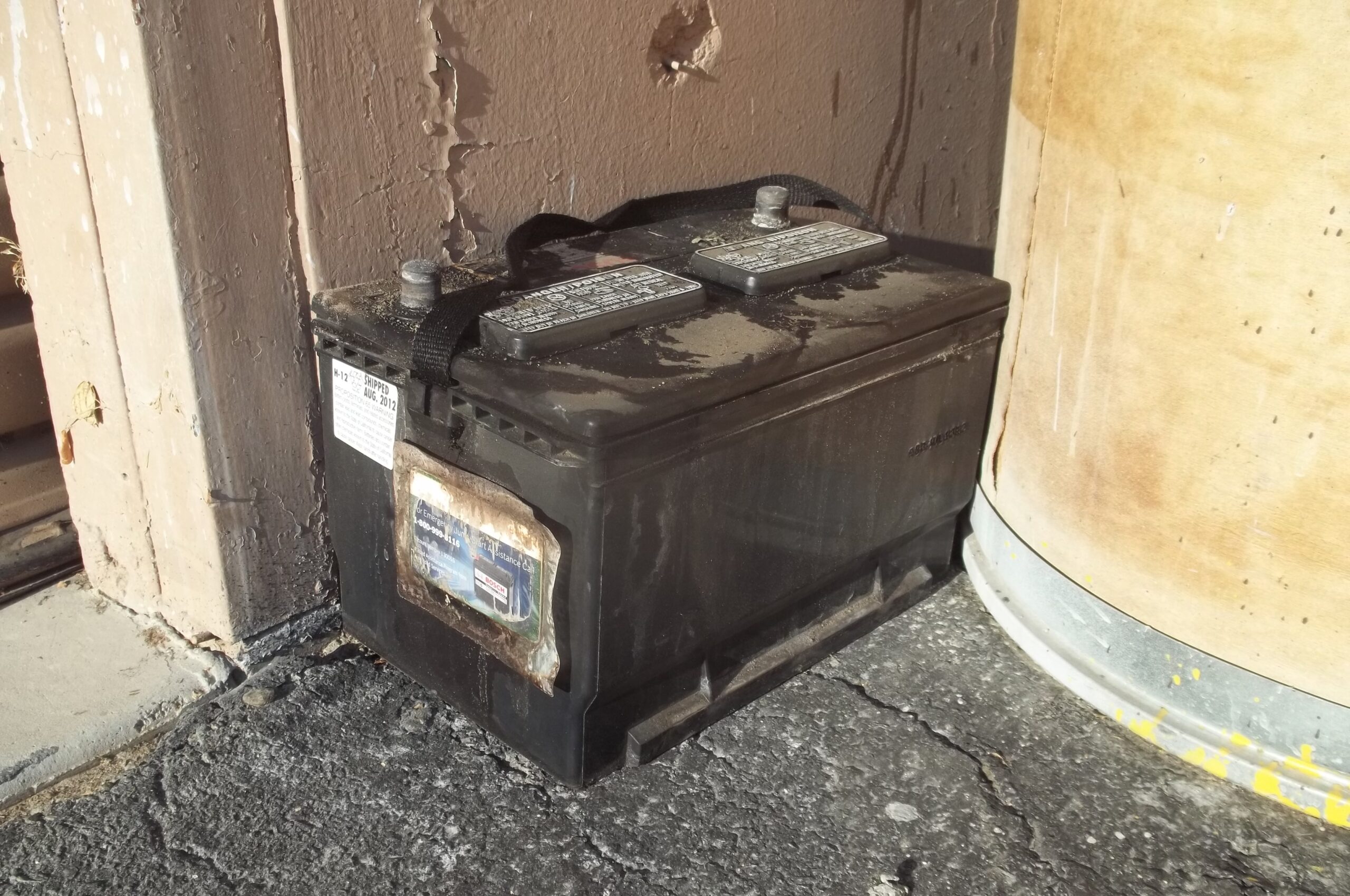If you generate spent lead acid batteries (SLABs) you have three options for on-site handling and disposal under the regulations of the Resource Conservation and Recovery Act (RCRA) regulations enforced by the US EPA. In decreasing order of regulatory burden…
- Manage as a hazardous waste [characteristic for Corrosivity (D002) and Toxicity for Lead (D008)]. This means notification and reporting as a hazardous waste, labeling and container requirements, inspections, and training commensurate with your generator status.
- Manage as a universal waste pursuant to the requirements of 40 CFR 273. This allows for a lesser level of requirements for on-site handling, off-site disposal, and 1 year of on-site accumulation.
- Manage per the regulations created for the reclamation of spent lead acid batteries: 40 CFR 266, Subpart G.
Option #3 is by far the best, as it entails the least amount of generator requirements for handling and disposal of spent lead acid batteries. However, before you select this option, you should be aware of the definition of terms used in the regulatory code.
- Reclamation – to be eligible for this exemption, batteries must be destined for reclamation which means, “processed to recover a usable product” and not disposal.
- Spent – this exemption may not be used for new batteries. Spent means, “it has been used and as a result of contamination can no longer serve the purpose for which it was produced without processing”.
- Lead Acid Batteries – only lead acid batteries (liquid or dry) are eligible for this exemption. If you generate other batteries (eg. lithium, mercury, silver, nickel/cadmium, etc.), you should consider the universal waste option.
- Intact – though not mentioned specifically in the regulations, this exemption only applies to intact lead acid batteries that are spent and destined for reclamation (RO14147).
Like this article? Subscribe to my Monthly Newsletter No marketing emails! |
The table found in 40 CFR 266.80(a) does a very good job of summarizing the applicable regulations for anyone involved in the generation, collection, storage, transportation, and reclamation of spent lead acid batteries. Note the following key points from the table:
- (1) If spent lead acid batteries are to be reclaimed by regeneration (such as by electrolyte replacement), then the batteries are not subject to the requirements of RCRA throughout their life cycle (cradle to grave) except for the requirement to identify the batteries as a characteristic or listed hazardous waste per 40 CFR 261 and conduct the hazardous waste determination per 40 CFR 262.11. This means, no labeling or container requirements, no inspection or employee training, and no time limit for on-site accumulation.
- (2-5) If the batteries are to be reclaimed by a method other than regeneration, then the applicable land disposal restrictions of 40 CFR 268 apply in addition to the hazardous waste identification and determination requirements.
- (4) Storage of the batteries prior to reclamation by a method other than regeneration adds the requirements of 40 CFR 266.80(b) in addition to 40 CFR 261, 40 CFR 262.11, and 40 CFR 268.
- (6-7) Export of spent lead acid batteries for reclamation opens up a whole different can of worms that necessitates a careful reading of the regulations.
Interested in site specific training at your site that covers this topic, and more! Ask me about my Onsite Training |
40 CFR 266, Subpart G was designed by the US EPA to ensure the safe recycling of spent lead acid batteries in a manner that protects human health and the environment. If your batteries are reclaimed by regeneration, then you can choose a very light regulatory burden to maintain compliance. Keep in mind that these are Federal regulations, your State may differ in its regulation of spent lead acid batteries.
Training on the hazardous waste regulations of the US EPA and States with authorized RCRA programs will help you to maintain compliance with all of the applicable requirements of RCRA.

